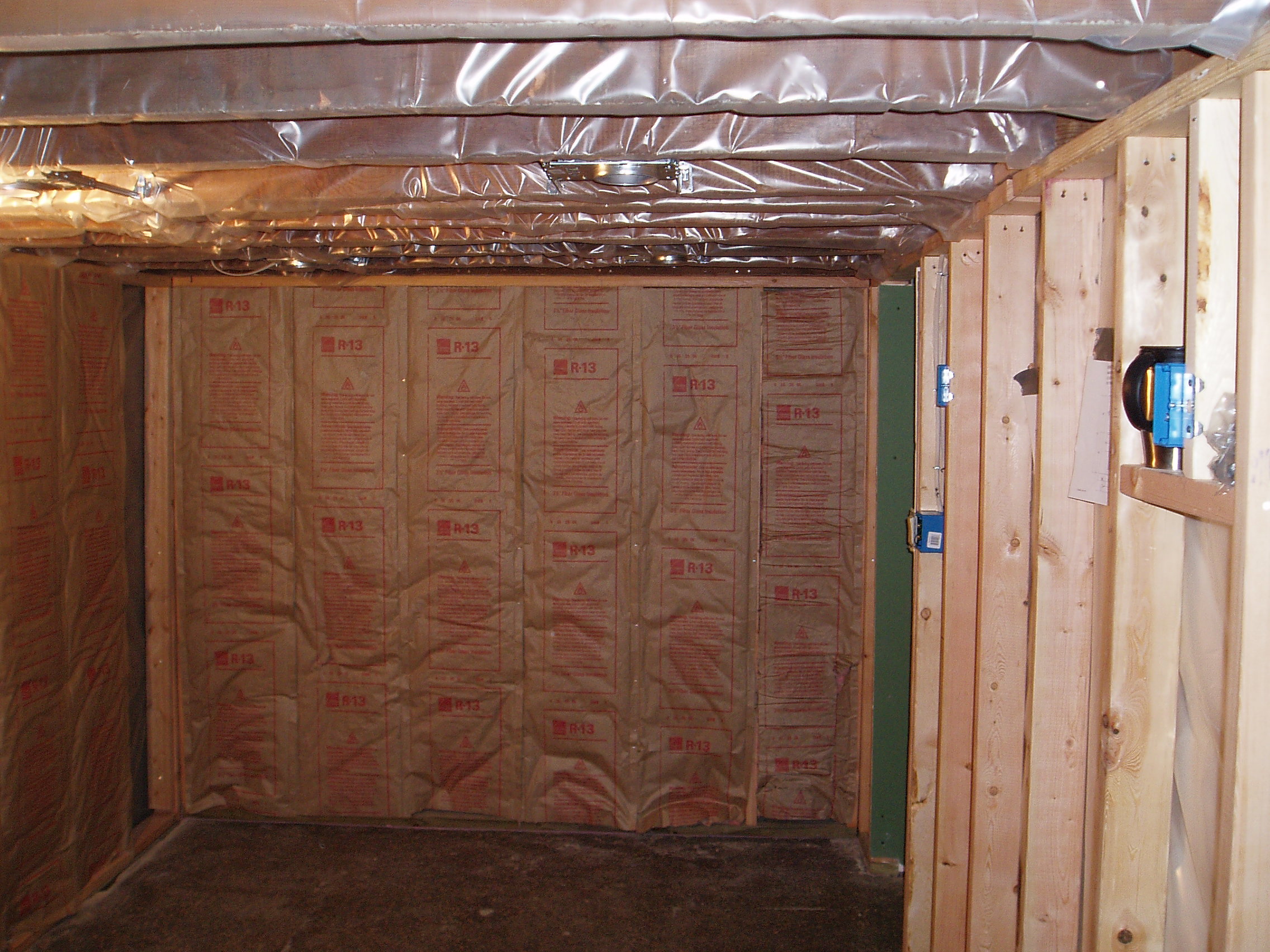
The humid air is indoors, and the dry air is outdoors. In cold weather, a sheet of poly on the interior side of a wall probably won’t cause any problems.

By installing a sheet of poly there, you cut off that drying mechanism and water that finds its way into walls can stay there longer and do more damage. Without poly beneath the drywall, water vapor hits the drywall and diffuses through to the drier (in summer) indoor air. The presence of an interior vapor barrier makes drying out the cavity harder to do, though. More likely is that moisture from a wet foundation makes its way up into the wall by capillary action, or bulk water from leaks around openings gets into the wall cavity. The truth, though, is that the water vapor in the outdoor air is rarely the source of moisture that rots out a wall. If those conditions last long enough, the condensed water will run down the poly, get the wood framing wet, and begin to rot out the wall. If that wall allows outdoor air to infiltrate and the poly is below the dew point, condensation is the likely result. If it’s a typical wall, chances are good that water vapor in the outdoor air will find its way into the wall cavity, eventually finding the sheet of poly, pressed up against the drywall. Plastic on the inside of the wall, humid air outside Will that poly be protected from the outdoor humidity? Or will it, like the window I saw, be dripping with condensation? Then build a wood-frame wall outside the poly, complete with cladding and air permeable insulation in the cavities. Next, imagine that a layer of drywall separates the poly from the indoor air. Now, imagine that pane of glass is actually a sheet of polyethylene. They were running the air conditioner, so the indoor temperature was probably 75 or below.

The dew point of the outdoor air was 78° F. I was there one day in June a few years ago and saw condensation on the outside of a window…at 1 o’clock in the afternoon of a sunny day. If you’re at all familiar with the climate in Charleston and understand moisture, you know that can’t be a good thing. I’m writing this article because one of our HERS raters came across a house in Charleston, SC that had poly under the drywall, on the interior side of the wall assembly. I’m simply going to explain what happens in a wall cavity with and without a plastic vapor barrier installed. In this article, I’m not going to get into the details of vapor barriers or all the possible scenarios of different wall assemblies and moisture loads. A big part of the problem, I think, is that they’ve been told what to do-”Put it on the warm-in-winter side,” or “Never use one”-but they haven’t had the physics of what happens explained to them. A lot of people have heard advice about vapor barriers and vapor retarders.


 0 kommentar(er)
0 kommentar(er)
